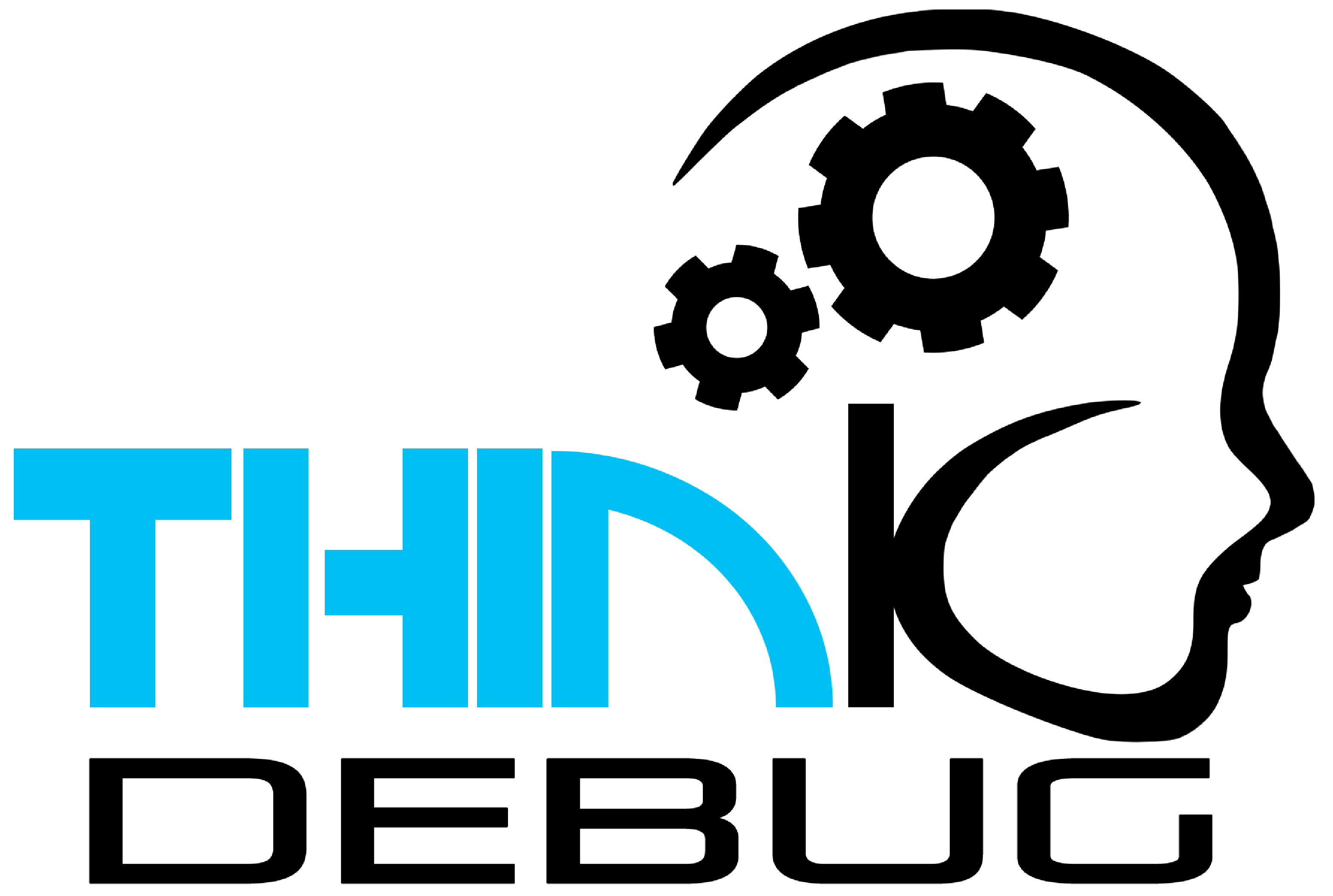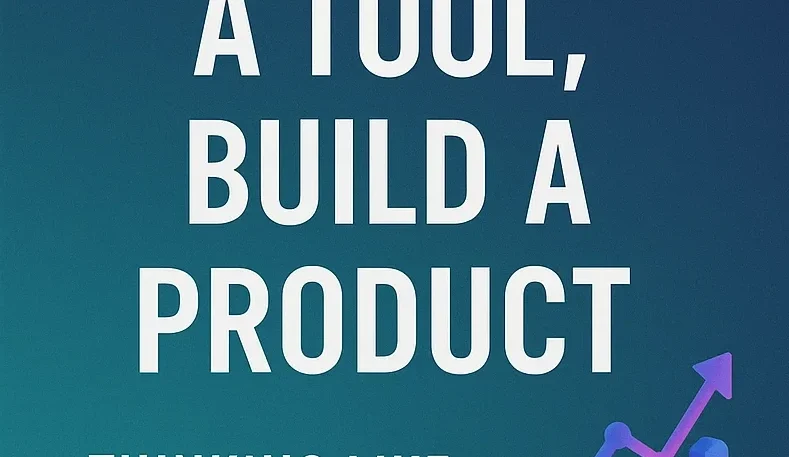Introduction: Why This Thinking Matters
Many businesses in 2025 still approach software like it’s a one-time task.
They say, “We need a tool for bookings.” Or “Just a basic website will do.”
But here’s the truth: tools are short-term fixes, while products are growth engines.
If you want to:
- Scale your business
- Create a long-term brand
- Attract and retain users
Then you must think like a startup — and build a product, not just a tool.
What’s the Difference Between a Tool and a Product?
| Feature | A Tool | A Product |
|---|---|---|
| Purpose | Solves a single task | Solves a problem and creates value |
| User Experience | Functional but limited | Designed, tested, and improved |
| Feedback & Updates | Rarely updated | Constantly improved |
| Branding & Identity | None or very basic | Built with audience in mind |
| Monetization | Not built to scale | Has growth and revenue in mind |
A tool is something you use.
A product is something users depend on and even pay for.
Think Like a Startup: Key Principles
1. Solve Real Problems, Not Just Build Features
Start with a real pain point your users have.
Ask: What keeps my user stuck or frustrated?
Build around that, not just based on what’s “trendy.”
2. Start with an MVP (Minimum Viable Product)
Don’t overbuild.
Your first launch should be small but functional.
Example: Instead of a full salon management platform, launch just a booking app + WhatsApp reminders.
Learn. Then expand.
3. Iterate with Real Feedback
What you think users want ≠ what they actually want.
Track usage, ask for feedback, and improve quickly.
4. Design for Retention
A great product isn’t just about downloads. It’s about:
- Daily/weekly active users
- Returning customers
- Word-of-mouth growth
Add value continuously. Even a small feature (like a loyalty system or smart notifications) can increase retention.
5. Build with Growth in Mind
Can you plug in payments?
Can users invite others?
Is there a roadmap beyond version 1?
If yes — you’re building a product.
If not — it’s just a tool.
Real-Life Example: From Tool to Product
Tool Version:
A local gym launches an app to track member attendance.
Product Version:
The app also includes:
- Class bookings
- Personalized workout plans
- Trainer chat
- Subscription management
- Progress dashboard
Now it’s not just a tracking tool.
It’s a full product that adds value and can be monetized.
How ThinkDebug Can Help
At ThinkDebug, we help startups and businesses turn ideas into scalable digital products — not just quick tools.
We help with:
Idea validation
MVP strategy
UX-first design
Scalable mobile & web app development
Post-launch support & iterations
Whether it’s your first app or you’re ready to scale, we’ll build something real, not just something “ready.”
Final Thought
In 2025, building a tool might solve a problem.
But building a product builds your brand, audience, and business.
So ask yourself:
🔹 Are you solving a momentary issue?
🔹 Or are you building something people can’t live without?
Choose the product mindset.
Think like a startup. Build like a winner.
📞 CTA (Call to Action)
Ready to turn your idea into a real product?
Talk to ThinkDebug — and let’s build something scalable, smart, and strategic.





